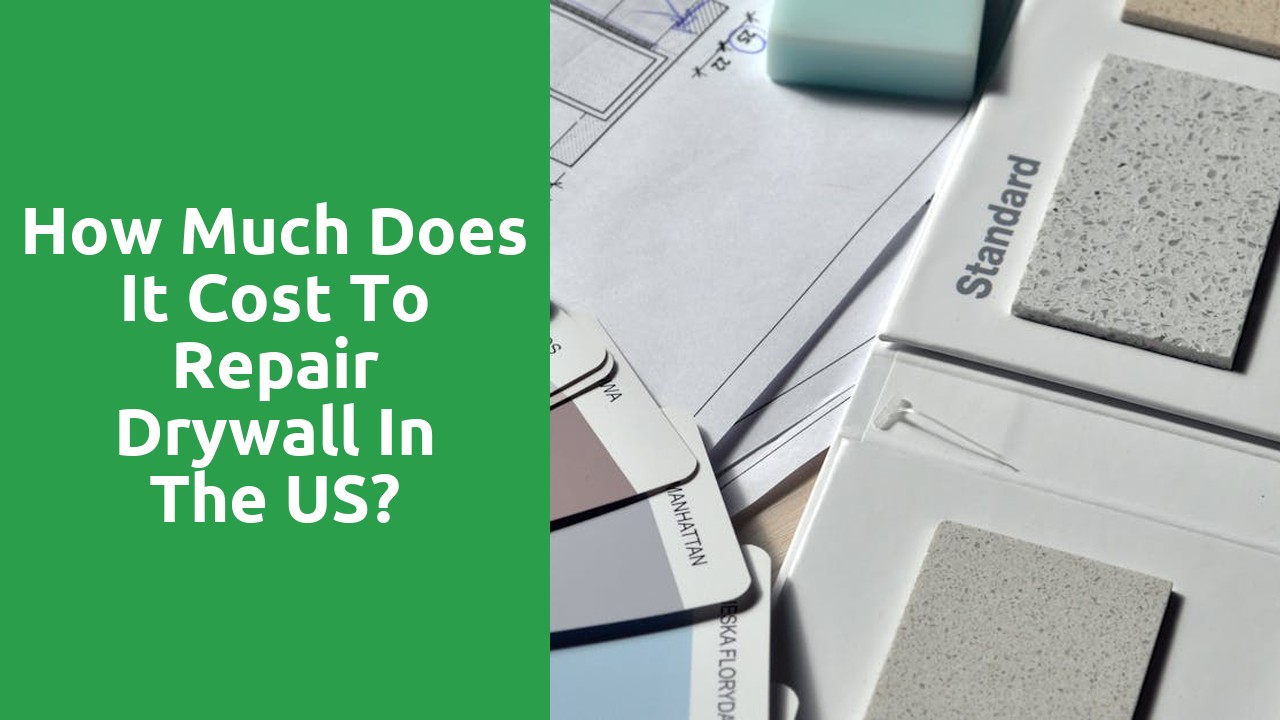
Drywall Repair
Painting Services Cypress TX offers high-quality drywall repair services to their customers in the Cypress area. Their team of skilled professionals are experienced in repairing a variety of drywall issues, such as holes, cracks, and water damage. They use top-of-the-line materials and techniques to ensure a seamless finish that seamlessly blends with the rest of the wall. Whether it's a small patch job or a complete drywall replacement, Painting Services Cypress TX is committed to providing excellent craftsmanship and customer satisfaction. Contact them today to schedule a consultation and get your drywall looking as good as new.
Priming and Painting Over Repaired Areas
To achieve a seamless finish on repaired drywall areas, priming and painting are essential steps in the repair process. Before applying primer, it's crucial to ensure that the repaired area is clean and free of any dust or debris. Using a high-quality primer specifically designed for drywall will help ensure proper adhesion and minimize any visible differences between the repaired area and the surrounding wall.
Once the primer has dried, selecting the right paint color and finish is key to blending the repaired area with the rest of the wall. Choosing a paint that matches the existing wall color and finish will help create a uniform appearance. Be sure to apply the paint evenly and allow sufficient drying time between coats to achieve a professional-looking result. Remember, proper priming and painting not only hide the repair but also protect the drywall from future damage.
Choosing the Right Paint
When selecting the right paint for your drywall repair project, consider both the aesthetic and practical aspects. Opt for a paint that matches the existing color and finish of your wall to ensure a seamless blend with the repaired area. Additionally, choose a high-quality paint that is durable and easy to clean for long-lasting results.
It is also important to consider the type of paint finish that best suits your needs. For high-traffic areas or spaces prone to moisture, a semi-gloss or satin finish is recommended for its durability and washability. On the other hand, if you prefer a more subtle sheen, a matte or eggshell finish can be a great choice for a smooth and elegant look.
Preventing Future Drywall Damage
To maintain the integrity of your drywall and prevent future damage, it is essential to properly seal joints. Any gaps or cracks along the seams of your drywall can lead to moisture infiltration, which can result in mold growth and weakening of the structure. Use a high-quality joint compound to fill in any imperfections, ensuring a smooth and sturdy surface.
Furthermore, one effective way to prevent future drywall damage is to proactively address any issues with plumbing or leaks in your home. Water damage is a common cause of drywall deterioration, so be sure to repair any leaks promptly and consider installing waterproof materials in areas prone to moisture exposure. By taking these preventative measures, you can safeguard your drywall and enjoy a more durable and long-lasting interior.
Properly Sealing Joints
Properly sealing joints in drywall is crucial to ensure a seamless and long-lasting repair. To achieve this, you will need to use joint compound to fill in the gaps between the sections of drywall. Start by applying a thin layer of joint compound along the joint, making sure to feather the edges to create a smooth transition between the wall surfaces.
After applying the joint compound, place a strip of paper drywall tape over the wet compound. Use a drywall knife to press the tape into the compound, removing any excess material. This tape helps to reinforce the joint and prevent future cracking. Finally, apply a second layer of joint compound over the tape, again feathering the edges to blend it with the surrounding wall. Sand the area once the compound is dry to achieve a seamless finish before painting.
Hiring a Professional vs. DIY Repair
Choosing between hiring a professional or opting for a DIY repair for your drywall can be a pivotal decision. Both options have their own set of advantages and disadvantages that you should carefully consider before making a choice. While opting to tackle the repair yourself can save money and provide a sense of accomplishment, it's crucial to acknowledge the potential challenges that come with DIY projects, such as lack of experience and the possibility of making costly mistakes.
On the other hand, hiring a professional for your drywall repair can ensure a high-quality result and save you time and effort. Professionals have the expertise, tools, and skills to execute the repair efficiently and effectively. However, it's important to note that professional services come at a cost, which can sometimes be higher than the expenses involved in a DIY repair. Additionally, you may have less control over the timeline and process when relying on external services for the repair.
Pros and Cons
When considering whether to tackle drywall repair as a DIY project or hire a professional, there are several pros to doing it yourself. Firstly, DIY repair can be cost-effective, saving you money on labor costs. Additionally, completing the repair on your own schedule can be convenient and provide a sense of accomplishment. Finally, DIY projects allow for a hands-on approach, giving you more control over the process and the final result.
On the other hand, hiring a professional for drywall repair also comes with its own set of advantages. Professionals bring years of experience and expertise to the table, ensuring that the repair is done correctly and efficiently. They also have access to specialized tools and materials that may not be readily available to the average homeowner. Lastly, hiring a professional can save you time and effort, as they can complete the job quickly and with minimal disruption to your daily routine.
FAQS
How do I know if my drywall needs repair?
Signs that your drywall needs repair include cracks, holes, water damage, or peeling paint.
Can I repair drywall myself, or should I hire a professional?
Minor repairs can be done DIY, but for major damage or if you are unsure, it's best to hire a professional.
What tools do I need for drywall repair?
Common tools for drywall repair include a putty knife, sandpaper, joint compound, a drywall knife, and paint for finishing.
How do I prevent future drywall damage?
To prevent future damage, properly seal joints, use the right type of paint, and address any issues promptly.
How long does it take for repaired drywall to dry before painting?
Allow the joint compound to dry completely, which usually takes around 24 hours, before priming and painting over the repaired areas.


